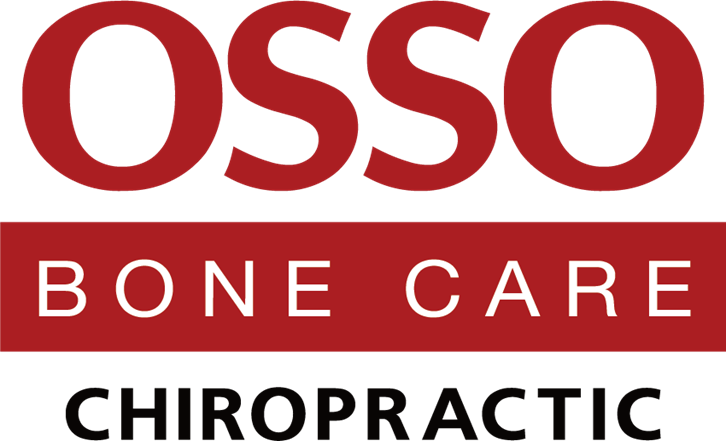Sciatica Relief: Causes, Symptoms, and Treatment Options

Low back pain is a common painful condition that is encountered both in general and specialist practice. If you’ve ever experienced the sharp, shooting pain of sciatica, you know how debilitating it can be. Unlike degenerative disc disease, sciatica is a set of symptoms with many possible, overlapping root causes.
Recent studies in Malaysia have shown a much higher prevalence (60%) in a population at risk (commercial vehicle drivers). Those who work in similar work conditions like machine operators, or in roles that involve physically awkward positions often find themselves facing this painful condition due to occupational disposition. From herniated discs to muscle imbalances, low back disability is affecting society at large.
What Is Sciatica?
Sciatica is a painful condition that affects the sciatic nerve (nerve roots from L4 to S3), which is the largest nerve in the body. Sensations of pain and paresthesias extend within the sciatic nerve distribution or an associated lumbosacral nerve root– from the lower back to the feet. This can feel like tingling similar to a pins-and-needles feeling, or numbness along its path. Many people mistakenly use “sciatica” to describe any lower back or leg pain, but true sciatica comes from issues with the sciatic nerve or its nerve roots.
The sciatic nerve is crucial for moving and feeling in the legs. It helps control the hamstrings, some calf and foot muscles, and provides sensation to the back and side of the lower leg and the bottom of the foot. Sciatica pain often worsens with movements like bending, twisting, or coughing. Typically, sciatica is caused by inflammation that irritates the nerve. When the nerve is directly compressed, it can cause more severe problems with movement.
The statistics surrounding sciatica are quite telling. Studies show that the lifetime incidence of sciatica ranges from 10% to 40%, and the annual incidence is around 1% to 5%. Interestingly, it’s quite rare for individuals to experience sciatica before the age of 20 unless it’s due to trauma. The peak incidence occurs in people in their 40s, and there’s no significant gender difference in who gets affected.
Anatomy of the Sciatic Nerve
The sciatic nerve is formed by the fusion of the L4 through S3 nerve roots, coming together in the pelvic cavity to create this large nerve. It exits the pelvis through the sciatic foramen at the back. As it travels downward, it moves in front of the piriformis muscle. The nerve then enters the posterior thigh, runs through the biceps femoris, and ends at the knee in the popliteal fossa, where it branches into the tibial and common fibular nerves. Sciatica symptoms arise when there is a problem along any part of this nerve’s path, which can include a range of conditions listed in the differential diagnosis.
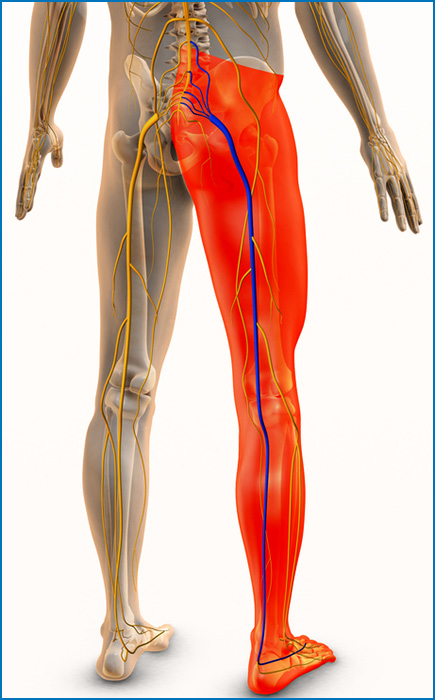
About L5 Nerve Root Sciatica
L5 nerve root sciatica is a specific type of sciatica caused by issues affecting the fifth lumbar nerve root (L5) in the lower back. The L5 nerve root is part of the sciatic nerve network and plays a crucial role in transmitting signals from the lower back to the leg and foot. When this nerve root becomes irritated or compressed, it can lead to symptoms specific to L5 nerve root sciatica.
Weakness in the muscles controlled by the L5 nerve root, such as those involved in lifting the foot (dorsiflexion) and extending the big toe. This can result in difficulty walking, particularly when trying to lift the foot or maintain balance.
Causes of Sciatica
The causes of sciatica are varied and can often overlap. Any condition structurally impacting or compressing the sciatic nerve may cause sciatica symptoms. The most common culprit is a slipped disc, ranging through the stages of disc degeneration. which may be described using terms like bulging, protruded, or herniated. This happens when the disc material presses on the sciatic nerve.
Spondylosis and Bone Spurs
Spondylosis refers to the age-related degeneration of the spine, often leading to the formation of bone spurs. These bony growths develop as the spine’s discs and vertebrae undergo wear and tear. Over time, these spurs can encroach on the nerve roots, causing compression and irritation. This condition can contribute to the development of sciatica, especially in older adults.
Spondylolisthesis
Spondylolisthesis occurs when one vertebra slips forward over the vertebra below it. This misalignment can pinch or irritate the nerve roots that form the sciatic nerve. This condition can be caused by degenerative changes, a congenital defect, or stress fractures in the spine. The resulting nerve irritation often leads to sciatica symptoms.
Hypertrophy of Ligamentum Flavum
The ligamentum flavum is a spinal ligament that runs along the back of the spinal canal. In some conditions, this ligament can thicken excessively, a process known as hypertrophy. This thickening can narrow the spinal canal, increasing pressure on the sciatic nerve. The condition, often seen in older individuals, can lead to sciatica as the nerve becomes compressed.
Spinal Stenosis
Spinal stenosis refers to the narrowing of the spinal canal, which houses the spinal cord and nerve roots. This narrowing can occur due to degenerative changes, thickened ligaments, or bony growths, etc. As the canal narrows, it can compress the sciatic nerve or its roots, leading to symptoms such as pain, numbness, or tingling in the legs.
Facet Hypertrophy
Facet joints are small joints located at the back of the spine, which help stabilize and guide movement. Over time, these joints can become enlarged, a condition known as facet hypertrophy, also associated with degenerative changes in the spine. The enlargement of these joints can encroach on the nerve roots, leading to irritation and sciatica.
Piriformis Muscle Spasms
The piriformis muscle is located in the buttocks, and it can sometimes go into spasm. When this happens, the muscle may press on the sciatic nerve, leading to sciatica symptoms. This type of sciatica is known as piriformis syndrome and can be triggered by prolonged sitting, physical activity, or muscle imbalances.
The Ranging Severity of Sciatica
The severity of sciatica varies widely among individuals, ranging from mild discomfort to severe, disabling pain. Understanding the factors that influence the intensity of sciatica symptoms can help in managing and treating the condition effectively.
Mild to Moderate Symptoms
For many, sciatica may present as a mild, persistent discomfort. This can include:
- Dull Ache: A general, nagging ache in the lower back or buttocks.
- Tingling Sensation: A pins-and-needles feeling in one or both legs.
- Occasional Pain: Sharp pain that might occur sporadically or in response to certain movements.
- Leg Pain: Pain that radiates down the leg, sometimes without any lower back pain.
In these cases, the symptoms may not significantly interfere with daily activities but can be annoying and persistent. People with mild sciatica might find relief with simple self-care measures, such as over-the-counter pain medications, hot or cold packs, and gentle stretching exercises.
Severe Symptoms
In more severe cases, sciatica can become intensely painful and debilitating. Symptoms in these cases might include:
- Severe Pain: Sharp, burning, or shooting pain that radiates from the lower back down through the buttocks and legs.
- Leg Weakness: Difficulty moving the leg or a noticeable weakness in the affected leg. This can make it challenging to perform everyday activities, such as walking or climbing stairs.
- Numbness: A loss of sensation in the leg or foot, which can affect balance and coordination.
- Pain Radiating Below the Knee: Pain that extends below the knee can indicate more severe nerve involvement.
Severe sciatica can significantly impact quality of life, making routine activities difficult and affecting overall mobility. In such cases, more intensive treatments may be necessary.
The degree of nerve compression plays a critical role in determining the severity of sciatica. More substantial compression, often caused by a herniated disc, bone spurs, or severe spinal stenosis, can lead to intense pain and functional impairments. The severity of the symptoms typically correlates with the extent of the nerve compression.
Chronic sciatica, where symptoms persist for a long time or occur frequently, can lead to greater discomfort and disruption. Acute sciatica, which appears suddenly and severely, might be more intense but could potentially resolve more quickly with appropriate treatment.
Other conditions, such as spinal stenosis or degenerative disc disease, can exacerbate sciatica symptoms. The presence of additional spinal issues can complicate treatment and impact the severity of the symptoms.
Non Invasive Treatments for Sciatica
Chiropractic care offers spinal adjustments to relieve pressure on the affected disc and promote healing.
At Osso Bone Care, our chiropractors will advise undergoing a Digital X-ray screening for the Full Spine + Pelvic screening to rule out and assess the structure, shape, and alignment of the spinal vertebrae. This is crucial for detecting any abnormalities in the spine especially on the L4, L5 and Pelvic for sciatica cases during the treatment process, accurately identifying the root cause of your sciatica or bulging disc. An X ray on Lumbar L4, L5 and Pelvic is fundamental in addressing the root cause of the sciatica.
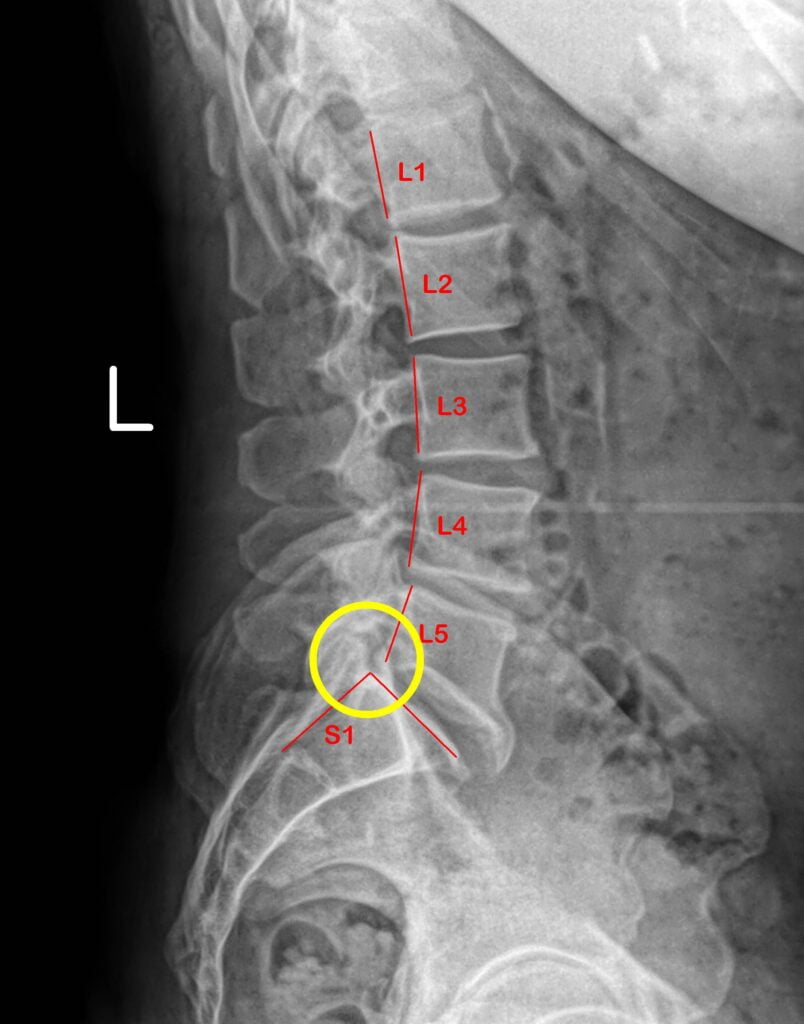
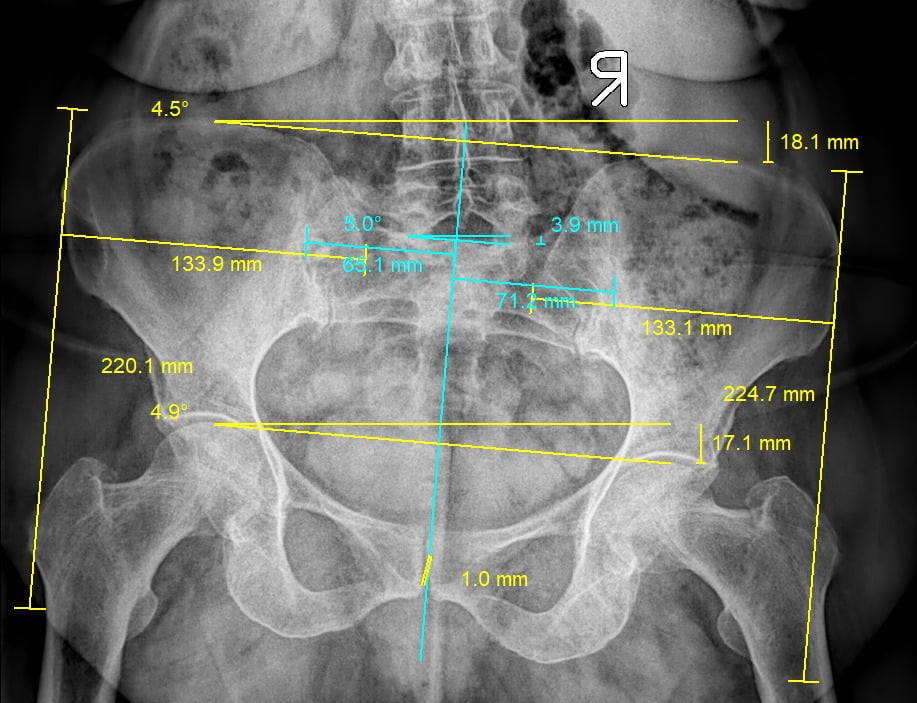
Flexion-Distraction Technique
Utilizing Osso’s very own Osso Flexion Distraction Adjustment Technique ®, employs a specialized method for treating bulging discs through gentle spinal stretching manually controlled by Practitioners to alleviate pressure on the nerve and spinal disc. Repeatedly flexing the spine opens the gap of the disc to increase space between vertebrae, decrease disc pressure, and increase opening for the nerves to relieve pinched nerves. Most find immediate relief after this treatment as the benefit of the treatment takes away pressure of the “sciatic nerve”.
Unlike surgical interventions, the Flexion-Distraction Technique is a non-invasive procedure, making it a favorable option for many seeking conservative care. This technique holds promise in providing relief for individuals suffering from sciatica.
Spinal Decompression Therapy
Osso 3D Spinal decompression therapy® , a chiropractic treatment method, involves computer – controlled traction systems that stretches the spine gently to create negative pressure, which helps retract herniated disc material. This negative pressure creates a “suction effect” that draws in disc bulges, effectively taking pressure off the “pinched nerve”.
By reducing nerve compression, improving blood flow, and aiding in the healing process of the affected disc, spinal decompression can provide relief. Chiropractors utilize specialized equipment to perform this technique, customizing the treatment to address individual conditions and symptoms effectively, as it is the best alternative before resorting to a surgery.
Research indicates that spinal decompression therapy can be beneficial in decreasing pain and enhancing function in individuals with sciatica. This non-invasive approach aligns with chiropractic principles of addressing underlying issues contributing to sciatica, offering a holistic method to manage and treat the condition.
Drop Table Technique
The drop table technique in chiropractic treatment involves a specialized table segment that’s strategically raised and then swiftly dropped during adjustments. This method allows for a gentle and controlled adjustment of the spine to target specific spinal issues effectively.
Chiropractors use the drop table to pinpoint specific areas of the spine with accuracy, as for sciatica cases mostly focusing adjustment on the L4, L5, S1 and Pelvic, aiding in the correction of spinal alignment. The controlled dropping motion requires less force, making it a comfortable option for patients experiencing sciatica and those who are unable to tolerate manual adjustment techniques, especially elderly patients that have difficulties in walking or in wheelchairs. Patients often find the drop table technique to be both comfortable and effective in reducing pain and improving spinal alignment.
Your recovery timeline may vary based on the severity of your condition and individual progress, so be patient and consistent with your treatment plan. By actively participating in your recovery process and following recommended therapies, you can enhance your chances of a successful rehabilitation from sciatica.
Sciatica Pain Treatment Chiropractor
Qualifications for Chiropractors in Malaysia
Chiropractors must demonstrate both their educational background and legal qualifications to practice. First, they must have graduated from a chiropractic education program that has received accreditation from The Councils on Chiropractic Education International (CCEI) for at least four years. This ensures they have received a high standard of training recognized by a global chiropractic authority.
In addition to their education, chiropractors must also be licensed to practice in their country. In Malaysia, this means being registered with the Malaysian Traditional and Complementary Medicine Council (T&CM), Ministry of Health Malaysia.
Registration with the Association of Chiropractic Malaysia (ACM), ensures that qualified centers can be reviewed and businesses. By meeting these stringent qualifications and standards, chiropractors in Malaysia are equipped with the necessary knowledge and skills to provide effective and professional care for individuals seeking treatment for spinal disc pain related conditions like herniated discs.

Certified Registered Chiropractors with Traditional & Complementary Medicine (T&CM), Ministry of Health Malaysia
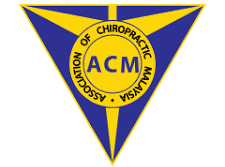
Certified Registered Chiropractors with Association of Chiropractic Malaysia (ACM)
Osso Bone Care are qualified to provide you with the best chiropractic services for slipped disc and herniated disc, sciatica and disc related pain conditions.
One of The Best Chiropractic Centers in Malaysia
Sciatica is a complex condition that, much like a fever, serves as a signal of an underlying issue rather than a diagnosis in itself. It’s essential to seek accurate diagnosis and appropriate treatment to address the root cause effectively. If you’re struggling with sciatica, consulting with one of our chiropractors can be crucial to determine the best approach for managing and alleviating your symptoms.
Advancing as pioneers in the field since 2007, we are the first chiropractic center in Malaysia to offer integrated digital x-ray services, streamlining your chiropractic care under one roof. Many patients have found success and results with Osso Bone Care due to our unique, signature treatments and by showing evidence of the spinal condition with our Digital X-Ray screening, which accurately diagnoses the root cause of the spinal conditions.
Why Would You Want to Go to a Different Place if OSSO Bone Care Chiropractic® has All That You Need?
frequently asked questions
FAQ on Sciatica
Sciatica is not the same as a slipped disc, but a slipped or herniated disc is a common cause of sciatica. Sciatica can result from various other issues as well, including spinal stenosis and spondylolisthesis.
Yes, sciatica is often considered a form of neuropathic pain. It arises from irritation or compression of the sciatic nerve, which causes pain, tingling, or numbness along the nerve's path. This type of pain is due to nerve dysfunction and is distinct from other pain types, such as nociceptive pain.
Sciatica typically affects only one side of the body because the sciatic nerve is usually compressed or irritated on one side of the spine. Conditions such as a herniated disc, bone spurs, or muscle spasms often impact one side of the lower back more than the other, leading to unilateral symptoms.
Yes, sciatica can switch sides. While it often affects one side of the body, it is possible for symptoms to move from one leg to the other, particularly if the underlying issue, such as a herniated disc or spinal stenosis, affects both sides of the spine or if new issues develop.
Tight pants alone are unlikely to cause sciatica. However, wearing very tight clothing can potentially contribute to discomfort and exacerbate existing conditions by putting additional pressure on the lower back and hips. If tight pants are part of a broader pattern of poor posture or physical stress, they might aggravate pre-existing sciatica symptoms.
In severe cases, sciatica can be associated with bowel problems, particularly if the nerve compression affects the lower spine or sacral nerves that innervate the pelvic organs. Symptoms might include changes in bowel habits or difficulty with bowel control. If you experience bowel issues along with sciatica, it’s important to consult a healthcare professional for a thorough evaluation.
Crossing your legs while sitting doesn’t directly cause sciatica, but it can worsen the condition. This position may increase pressure on the lower back and restrict blood flow, potentially aggravating the sciatic nerve. If you’re prone to sciatica, it’s best to sit with proper posture to minimize strain.
You should be cautious of dietary triggers that worsen sciatica. Inflammatory foods can exacerbate pain. Consider lifestyle habits and opt for anti-inflammatory nutritional supplements to aid in pain management.
